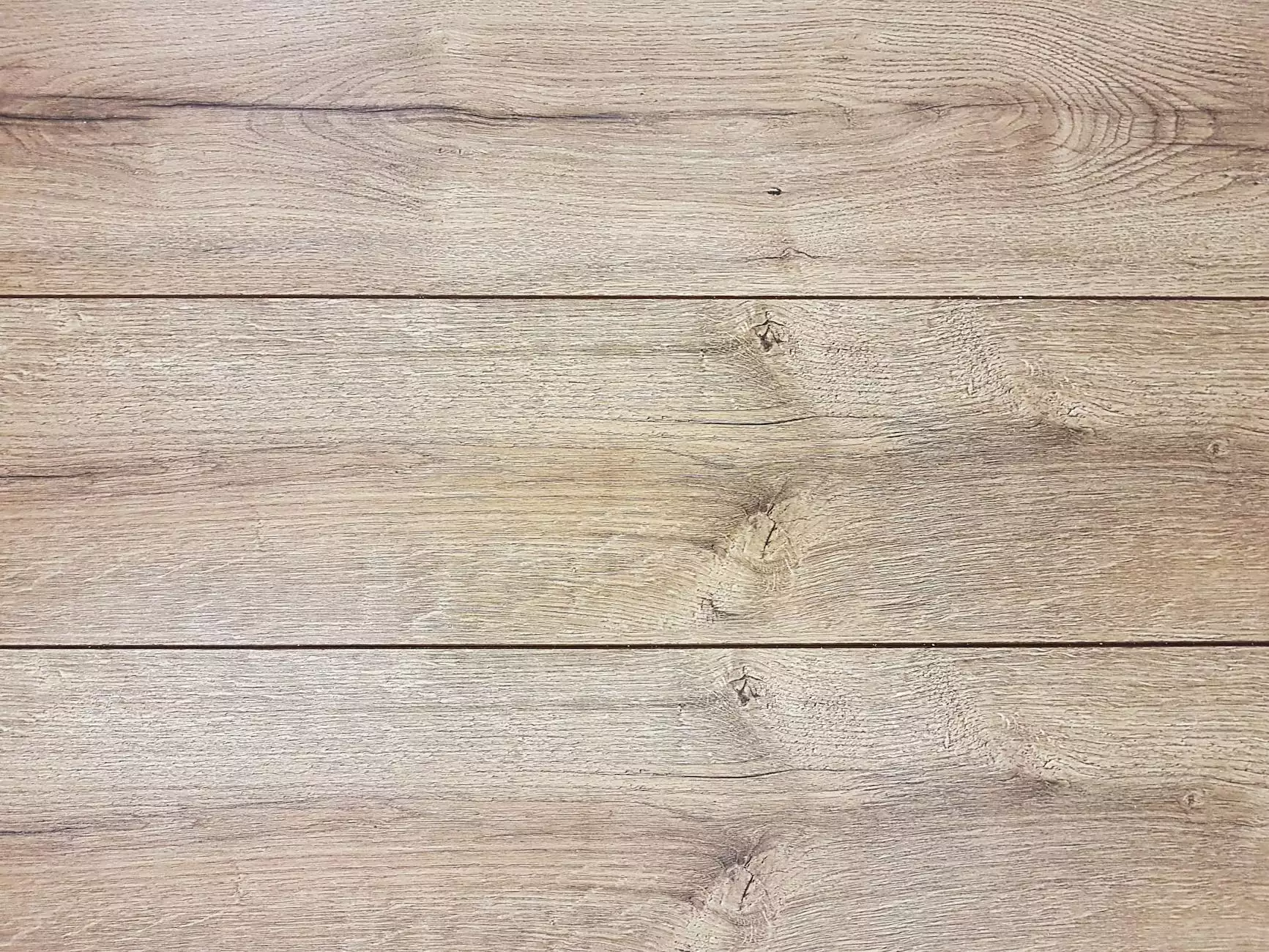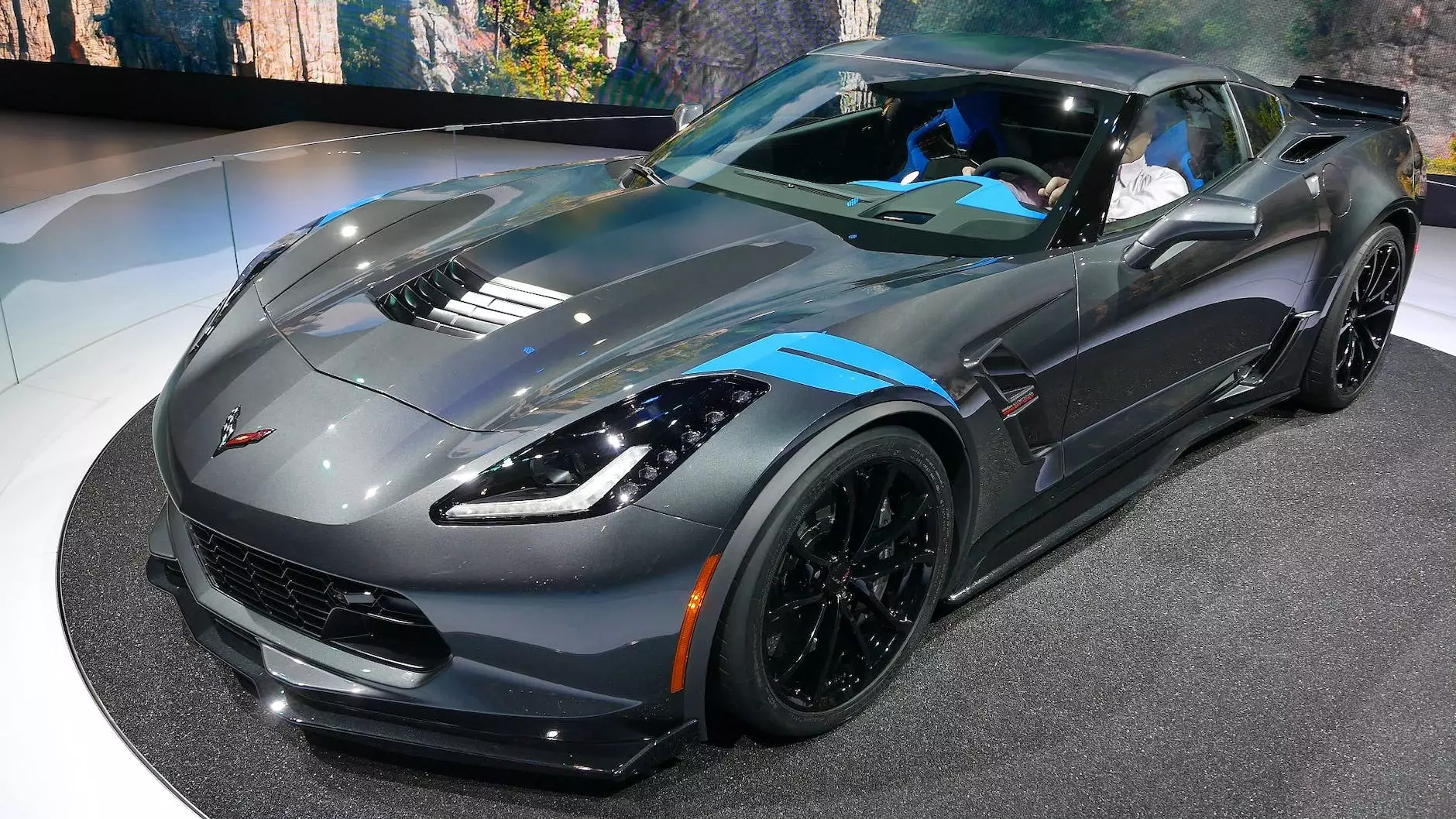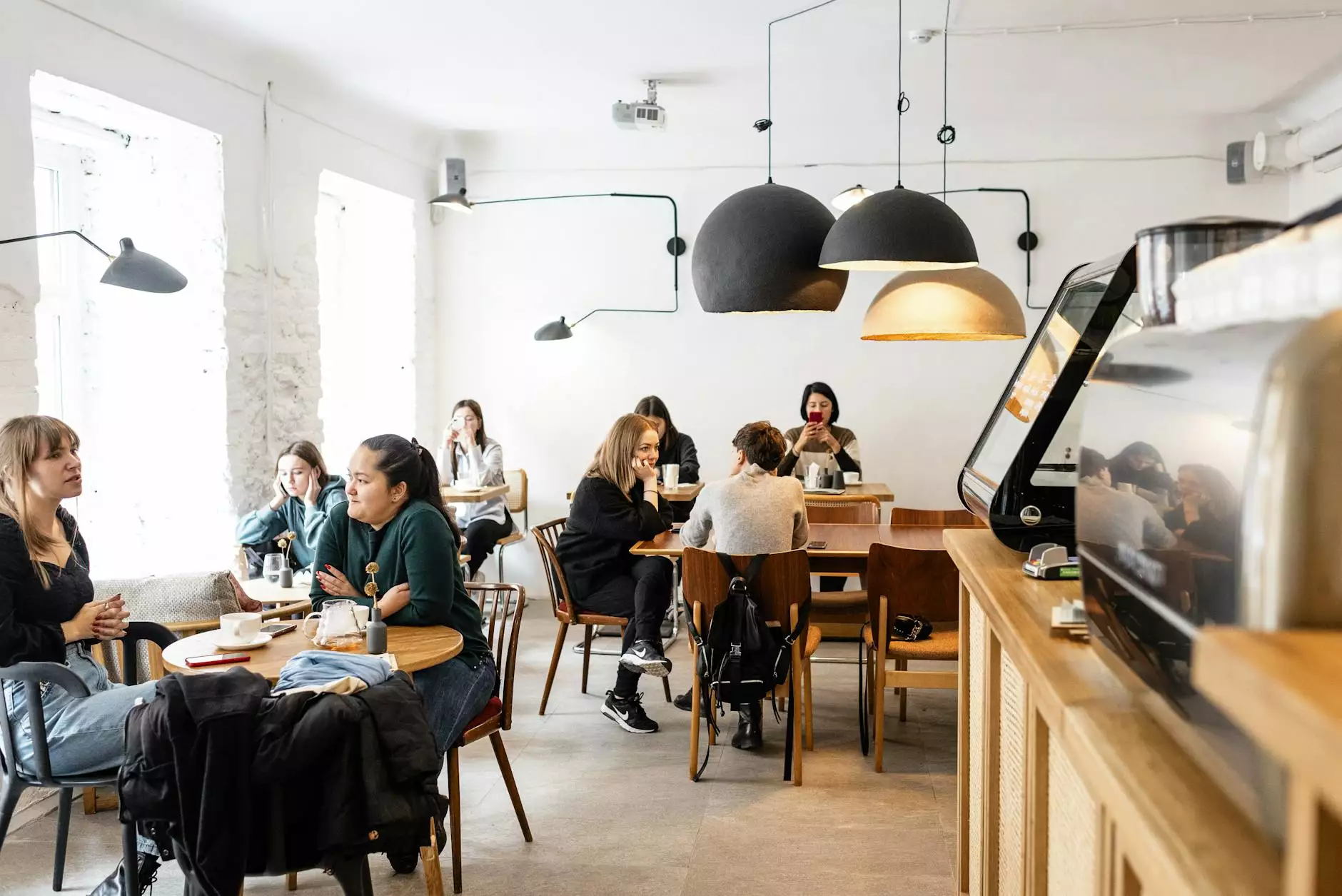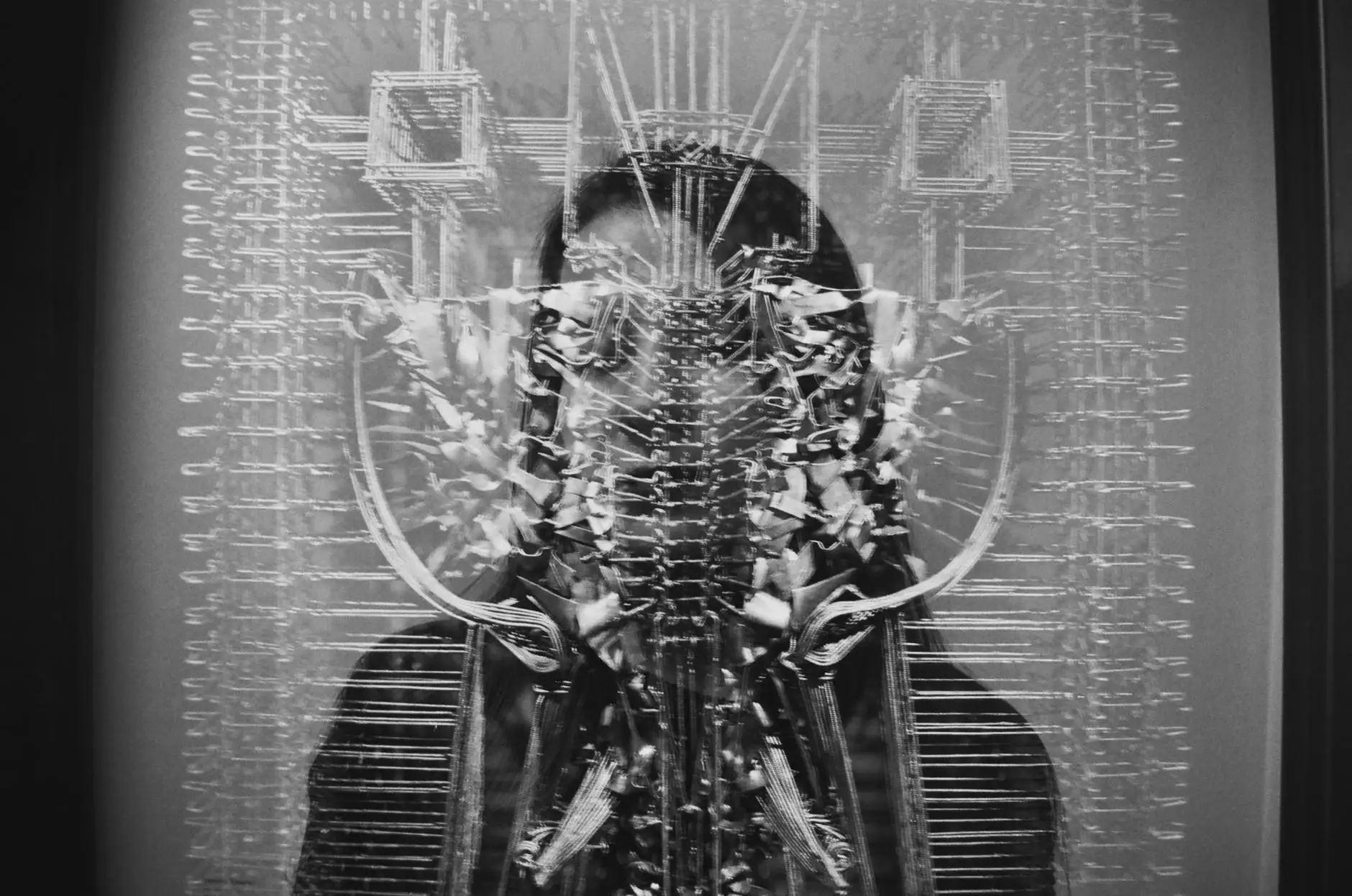Design Plagiarism: The Scourge of the Creative Class
Blog
Welcome to Coyote Website Design, a leading provider of top-notch website development services in the business and consumer services industry. In this article, we will shed light on a pressing issue that impacts the creative class - design plagiarism. Understanding its implications is crucial in promoting originality, innovation, and ethical practices within the design community.
What is Design Plagiarism?
Design plagiarism refers to the act of copying or imitating someone else's design work without proper authorization or giving credit where it's due. It involves using elements, layouts, color schemes, typography, or overall designs that closely resemble or mimic existing creations. While drawing inspiration from other designs is common in the creative world, crossing the line into plagiarism undermines the efforts of the original creators and compromises the integrity of the work.
The Impact on the Creative Class
Design plagiarism poses significant challenges and consequences for the creative class. Let's delve deeper into some of the issues it creates:
1. Lack of Recognition and Appreciation
When a designer's work is plagiarized, they are denied the recognition and appreciation they rightfully deserve. This not only discourages originality and innovation but also undermines the morale and motivation of talented professionals. Genuine creativity should be celebrated and rewarded, fostering a healthy and thriving creative community.
2. Unfair Competition
Design plagiarism allows individuals or businesses to benefit from the hard work of others, without investing the time, effort, and resources required to create something original. This creates an uneven playing field and hinders fair competition. Genuine designers who adhere to ethical practices may find it challenging to compete against those who copy existing designs, leading to an imbalance within the industry.
3. Diluted Brand Identity
Plagiarizing designs can dilute brand identities, causing confusion among consumers. When multiple businesses utilize similar visual elements, it becomes difficult for customers to differentiate between them. Each brand deserves a unique identity that reflects its values, vision, and offerings. Design plagiarism undermines the essence of effective branding and can lead to customer distrust.
4. Legal and Reputational Risks
Design plagiarism can result in legal disputes, tarnished reputations, and damaged relationships within the industry. Original creators have the right to defend their intellectual property and may take legal action against plagiarists. Such cases can be time-consuming, expensive, and have long-lasting effects on professional standing and trust.
Fostering Originality and Ethical Practices in the Design Community
Combatting design plagiarism requires collective efforts from both individuals and the industry as a whole. Here are some crucial steps we can take:
1. Education and Awareness
By raising awareness about design plagiarism and its negative impact, we can encourage designers to uphold ethical practices and respect intellectual property rights. Education and training programs should emphasize the importance of originality, while highlighting the dangers and consequences of plagiarism.
2. Encouraging Collaboration and Attribution
Creative professionals should embrace collaboration and openly credit their inspirations. By acknowledging and appreciating the work of others, we create a culture of respect and reciprocity within the design community. Collaboration fosters innovation and ensures that everyone involved receives the recognition they deserve.
3. Strengthening Copyright Laws
Governments and legal authorities play a vital role in protecting intellectual property rights. Updating and enhancing copyright laws can provide stronger safeguards against design plagiarism, ensuring that original creators are adequately protected and compensated for their work.
4. Leading by Example
It's essential for design agencies and professionals to lead by example and champion ethical practices. Demonstrating a commitment to originality and avoiding design plagiarism sets a benchmark for others to follow. Encouraging clients to embrace uniqueness and investing in authentic, custom designs fosters creativity and elevates the industry as a whole.
Conclusion
Design plagiarism is a significant concern within the creative class, impeding innovation, fair competition, and the recognition of original creators. As advocates for ethical design practices, Coyote Website Design is committed to fostering a culture of originality, collaboration, and respect within the design community. Our high-end website development services reflect our dedication to delivering unique and impactful designs for businesses in various industries. Contact us today to experience the power of authentic and innovative web design!









